No ’80s RV broke the mold like EMC’s Starfire
Our first foray into the star-crossed world of the radical Starfire RV became more of an archaeological dig into a long-forgotten vehicle. Now that we cleared the awareness hurdle (as it were), it’s fair to say the ElDorado Motor Corporation’s Starfire is simply too cool and historically relevant for its coverage on our digital pages to end there.
Luckily for us, a perfect example recently sold on Bring a Trailer (for a stout $35,000), and through it I was introduced to Dennis Foerschler, an ElDorado Motor Corporation (EMC) employee who rose up the ranks to witness the Starfire’s life from a wonderfully unique vantage point.
Dennis first heard about EMC back in 1973, when he was just a kid listening to the radio in a small Kansas town. The advertisement said that the Minneapolis, Kansas–based coachbuilder was hiring inexperienced folks at $2.35 an hour with “all the overtime imaginable.”
Back then EMC was called Honorbuilt Manufacturing, and it made transit buses and slide-in truck campers under the “El Dorado” brand. It was almost a meager start for a company destined to build what was ostensibly the most advanced recreational vehicle in one of the most ostentatious decades in history.
Dennis was intrigued by the radio spot. He applied for a job and was hired “on the spot” to work in Honorbuilt’s cabinet shop. From that position, Dennis was promoted to parts/service manager, then to sales coordinator, and lastly to chassis manager. He had a front-row seat for EMC’s rise and fall and the rapidly evolving world of recreational vehicles. More to the point, Dennis offers unique insight into the company’s flagship offering, Starfire RV.
While my Lincoln-obsessed heart is bursting with childhood-like joy stemming from the Starfire article that ran here in August, I realized in my interview that Dennis’ passion for the RV far surpasses mine.
First, here’s a historical window into the RV market. Dennis’ last job at EMC entailed ordering and managing parts/chassis “inbound flow” from the Big Three automakers. As he tells it, once factory cutaway vans became available in 1974, RV coachbuilders lapped them up to make examples like the 1975 Mini Wagon (above).
Prior to Chrysler’s bailout in 1979, Dodge pretty much owned the RV chassis market, both with the aforementioned full-size cutaway vans (these had a unibody design, unlike the soon-to-be popular Ford Econoline) and with the bigger Class A chassis dedicated to motorhome use. The big Dodge frames housed Chrysler’s stout 440-cubic-inch big-block V-8, which boasted impressive parts availability, displacement, and value relative to alternatives from GM and Ford. The third virtue was the most important, since RV builders are usually quite price-sensitive, especially for units crafted for rental fleets. (If you’ve ever rented one such example from a place like Cruise America, you understand that last bit.)
But 1979 was likely the last year of Dodge’s Class A chassis production for several reasons. While RV market did rebound after the first energy crisis in 1973, the late-’70s oil shock really hurt Chrysler’s bottom line in both its RV and Marine divisions. Apparently the company’s financial exposure to the vicissitudes of RV market was well-known, and the subsequent bailout prompted Chrysler to unceremoniously exit that unprofitable and high-risk business.
GM and Ford capitalized on Chrysler’s misfortune just as the newly renamed ElDorado Motor Corporation (1983) became a public company (1984) with bold dreams and high hopes.

While EMC likely never enjoyed the vulgar amounts of money we see today with tech stocks, it’s a safe bet that a post-IPO windfall ensured ground-breaking builds like the Starfire could come to fruition. (Financial data is difficult to find, as EMC’s stock symbol was re-used after its bankruptcy.) And things were ramping up before the Starfire’s 1986 introduction, thanks in part to the EMC Encore (~1983) and its streamlined body. The design was clearly influenced by that of the 1979 Ford Mustang, but EMC infused the pony car with a locomotive’s cowcatcher schnoz. Things were definitely heading in a certain direction!
Perhaps the Encore’s successes motivated the moonshot Starfire. Perhaps it was time for the RV equivalent of the 1956 Continental Mark II or 1957 Fleetwood Brougham … but we’re getting ahead of ourselves.
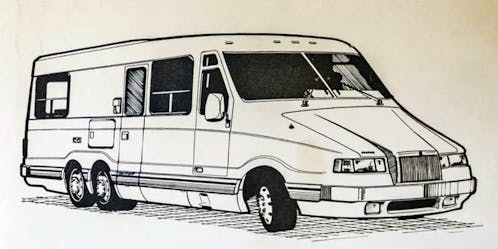
While Dennis didn’t have a direct connection to the design studio that made the 1986 EMC Starfire into a rolling homage to the 1984 Lincoln Continental and Continental Mark VII, he knows why the company chose a one-piece fiberglass body and a long nose: It sought to advance the performance, durability, and comfort standards of the typical Class A recreational vehicle.
EMC bashed traditional coachbuilding norms in the process. To wit, the example I previously discussed lacked the (optional) front doors, and their exclusion probably makes the driving experience even stiffer and more confident on choppy roads. Perhaps the doorless Starfires were like Z06 notchbacks in a fleet of (already stiff) C5 Corvette hatchbacks?

Dennis believes a third party was contracted for much of the Starfire’s design, while engineering guidance from Ford Motor Company was supposedly on the table. Dennis believes that Ford was hot to trot when it came to hoovering-up Class A–motorhome market share from General Motors, and EMC was set square in its sights: It was already a market leader, taking the legendary GMC Motorhome and upfitting it as the GMC Transmode. That kind of OEM integration certainly seems present in the Starfire, even if we’ve yet to document the connection. (Not without trying, as this tragically couldn’t be verified by the folks at the Ford Heritage Vault.)
But even with a Ford chassis, Ford powertrain, and Lincoln-esque front/rear fascias, the EMC Starfire was far more than the sum of its parts. The styling not only looked unique, but its one-piece body with one-piece floor was unheard of in the era of creaky, flexy Class A bodies.
The old way to make these rigs was not unlike the process of building a typical wood-frame home in an American suburb. Dennis states that the Starfire was unique because its “upper body was pulled out of a one-piece mold, like a boat.” The one-piece fiberglass floor was married to the upper body with, you guessed it, fiberglass bonding.
The company that made the body, A1 Fiberglass, is still in business today, though we were unable to learn anything else from the staff currently working there. We may never have a chance to see the Starfire assembly line in its prime, but the following junkyard find shows just how exciting the body construction is, even to this day.
Dennis says the goal was “to make a leak-, crack-, rot-free body.” The whole idea? “This is not your average RV.” He’s right—the Starfire’s interior benchmarked what was found in other Class A RVs, but EMC wanted to do something state-of-the-art. It was incorporating new technology available in the 1980s. Dennis says there was no appetite to throw in “leftover ’70s stuff” into EMC’s flagship offering.

The cockpit-like interior was futuristic, mostly because of the airplane-worthy front end. Dennis made reference to Airstream vehicles as a baseline, and EMC clearly went further. The Starfire sported interior cabinets made of tambour, a type of construction commonplace in high-end audio cabinetry of the era. Overhead storage cabinets took the commercial aircraft theme to the next level, as they were “form-fitted tubs” and not the usual joinery seen in cheaper Class A vehicles.
Dennis says that EMC took cues from marine and private-aviation upfitters, and the custom dashboard—intended to house the Ford Econoline gauges, unique steering wheel (some models), air suspension controls, and (optional) rearview TV screen—was downright radical.
Dennis mentioned that an EMC executive personally insisted on a factory-fitted CD player for the 1986 Starfire, a feature practically unheard of in any vehicle, much less in an RV. The selection of Fujitsu’s modular audio system was a bold and expensive proposition. But unlike a car’s dashboard, a Starfire’s had plenty of real estate for everything: AM/FM tuner, cassette deck, 50-watt amp, pre-amp graphic equalizer, and that rad CD player.
Having this level of audio in a Class A recreational vehicle proves Dennis’ claim that EMC went all-out on technology to make the Starfire a success. Its approach to the RV’s stereo mirrors Lincoln’s intent to be a credible threat to Mercedes with the Continental Mark VII LSC, as does the Continental/Mark VII–sourced overhead console in the Starfire’s cabin (above).

The airplane greenhouse and ridiculous nose ensured the Starfire provided a driving experience as cutting-edge as the dashboard’s CD player. As you’d expect, the aerodynamics ensured it was far more relaxing to drive, complete with a “more than 11-mpg” highway rating (so say the press materials). While that figure may have been be achieved with the optional 6.9-liter diesel powertrain, that’s still no small feat considering there’s no overdrive gear on the transmission.
But Dennis added another long-nosed-design benefit to the mix, one that you likely never considered. That front overhang made room for both the ONAN generator (left side) and the heavy batteries (right side) under the hood, aiding the Starfire’s balance from left/right. It blew the doors off any other Class A rig on the market. As Dennis put it:
“It drove like a car because of that (balance). It corners like a car. On the highway it felt like a car, as its long wheelbase, air suspension, and aerodynamics that were superior to other Class A RVs.”
The Starfire generated mixed feedback from RV dealers, as some called it “The Anteater” and made comparisons between it and the all-new 1986 Ford Aerostar minivan. That wasn’t necessarily a bad thing: Dennis mentioned one of EMCs brochures had a Starfire and an Aerostar together, not unlike that shot of an Aerostar with the Space Shuttle Enterprise in Ford’s sales literature. Perhaps this isn’t a coincidence, as Dennis said the analogy happened “with Ford’s blessing.”
But the stars never lined up for EMC’s flagship RV. All three model years (1986, ’87, and ’88) were built on a batch of 1986 Ford chassis, and Dennis is confident that less than 100 examples were made. (My previous research netted an incorrect figure of 150 to 300 units produced.) While many examples were traditional RV body configurations, the YouTube video above of a windowless, short-wheelbase Starfire seemingly proves Dennis’ assertion some were built “as mobile offices, or outfitted as a limo with ceiling lights.” These often sported “conference tables, and lounge-like leather seating” and were sold as a fleet to buyers in Las Vegas.
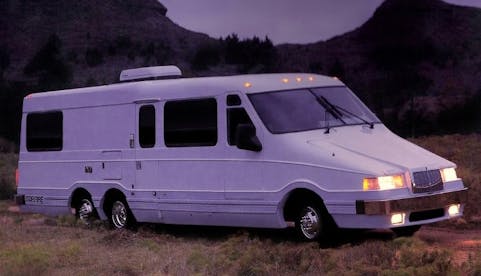
I clearly remember seeing at least one Starfire limo traversing the Las Vegas strip when I visited in the early 1990s, wearing a subtle gray-scale livery (for a resort hotel that I cannot remember, to save the life of me). But it wasn’t enough to keep the Starfire around, much less keep the ElDorado Motor Corporation afloat: It lost a reported $5 million in the final year of Starfire production (1988).
Starfire production ended unceremoniously, and EMC declared bankruptcy in 1989. Perhaps it bit off more than it could chew. Still, Dennis’ opinion of the Starfire’s impact on the RV community rings true, because it was “an awesome concept, and a forward-thinking product that was wholly ahead of its time.” Preston Tucker, care to meet the recreational vehicle of your dreams?
Dennis admits that RV diehards weren’t ready for something this revolutionary. While navigating this massive snout in certain RV parks looks challenging (rear camera aside), Dennis believes that nobody had a specific problem with the Starfire that ensured its downfall. He was candid in his admission that the Starfire’s state of the art coachwork, interior craftsmanship, and high technology (camera, HiFi audio, air suspension) ensured it would be too expensive for many a would-be Class A RV buyer. While Dennis didn’t remember the sticker price, he didn’t scoff at my assertion that a base model, short-wheelbase Starfire started at $80,000 in 1986 dollars.
While the Vixen 21 had no peer, only EMC had the nerve to make a Class A rig that strayed so far from the norm. It’s a little ironic that both Dennis and his son Josh started their careers with EMC and that both have fond memories of the Starfire. Josh distinctly recalls maintaining the company’s grounds in Minneapolis, Kansas, including ensuring that his lawn-care tools never damaged the once-revolutionary fiberglass molds of the now-defunct Starfire RV.
Odds are they aren’t the only locals with fond memories, as Minneapolis was then a town of 2000 people with 800 EMC employees. The whole town likely knew of the Starfire, and the other Class A-B-C motorhomes, trailers, campers, and fifth-wheel trailers that were part and parcel to the ElDorado Motor Corporation. Because of the company’s footprint, everything from new schools, bars, restaurants and support facilities were created to support the business.
On second thought, perhaps those memories are less positive, more bittersweet once the 1989 bankruptcy came to pass.
But still, I had to know one more thing before my phone call with Dennis Foerschler ended. I needed his thoughts on the modern #vanlife trend that’s taken over his industry, social media, and a generation of motorists.
“Honestly, I smile and snicker to myself. Back in the ’70s, the RV industry was about promoting independence, owning your own home on the road, and to be on nobody’s schedule, unlike commuting via planes and trains. The ‘RV lifestyle’ found in campers or motorhomes was a marketing pitch back then, but #vanlife is roughly the same thing. It promotes the same ideals we believed in and offered to customers. And that’s certainly nice to see.”
Check out the Hagerty Media homepage so you don’t miss a single story, or better yet, bookmark it.

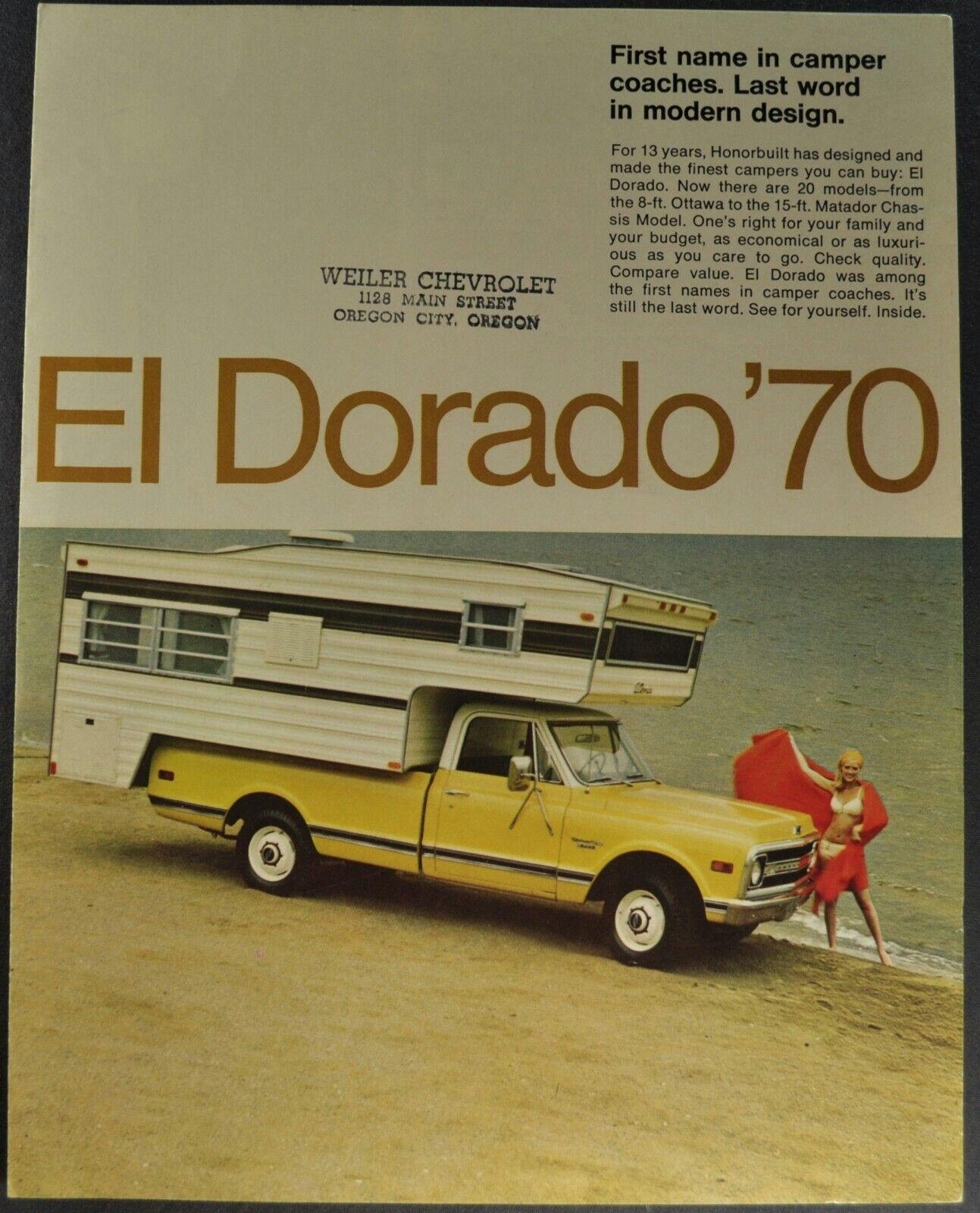

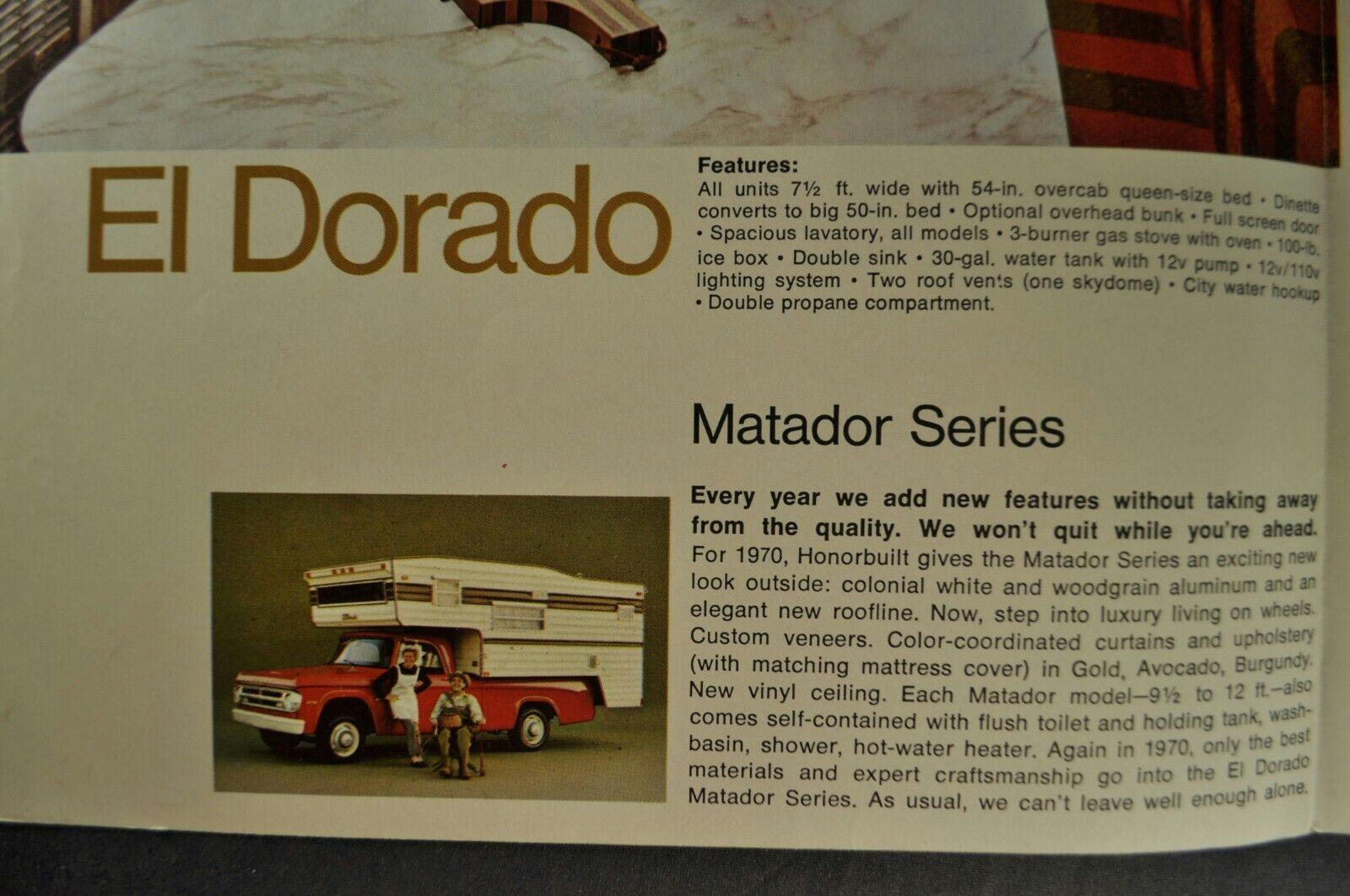

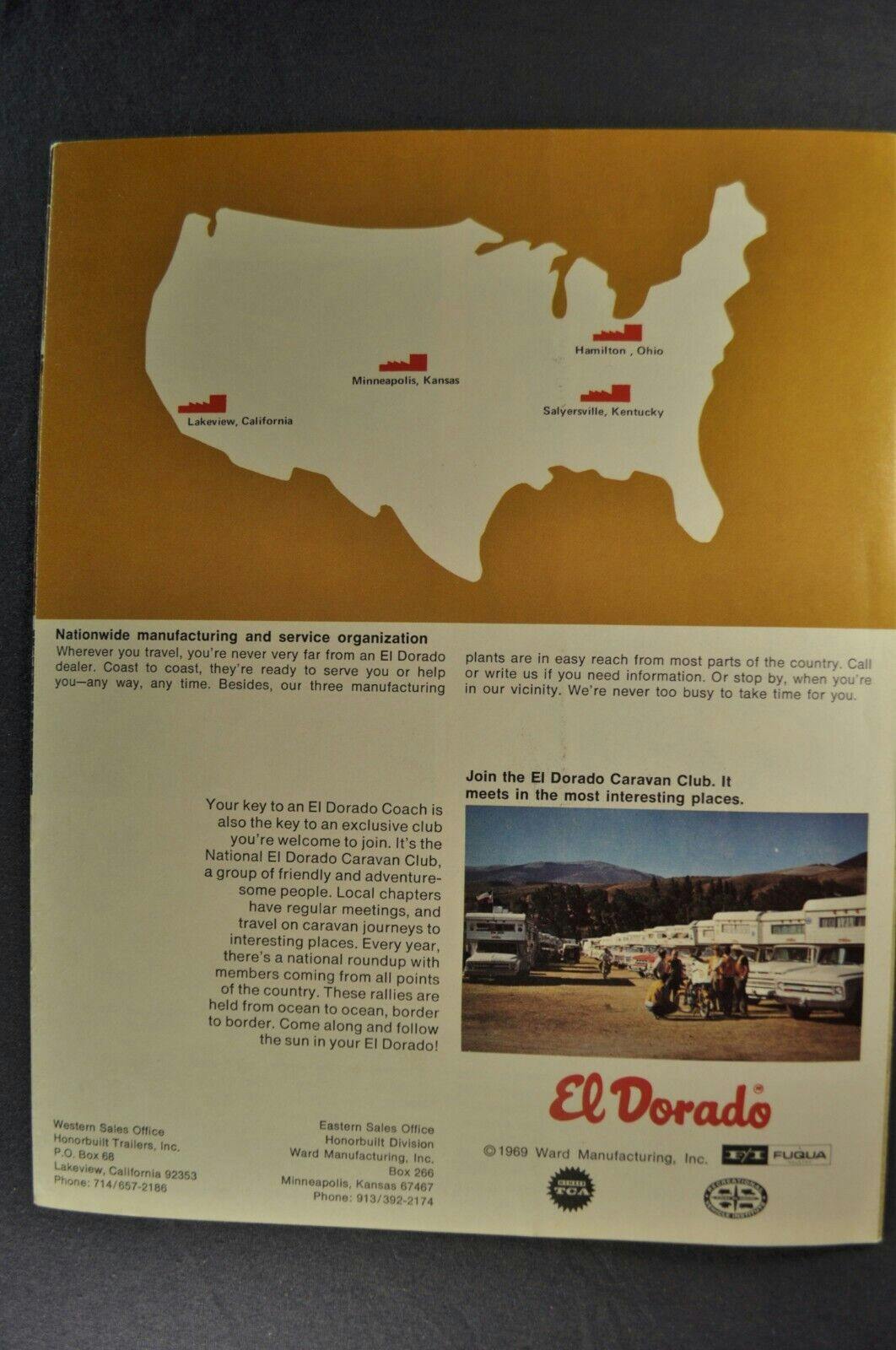
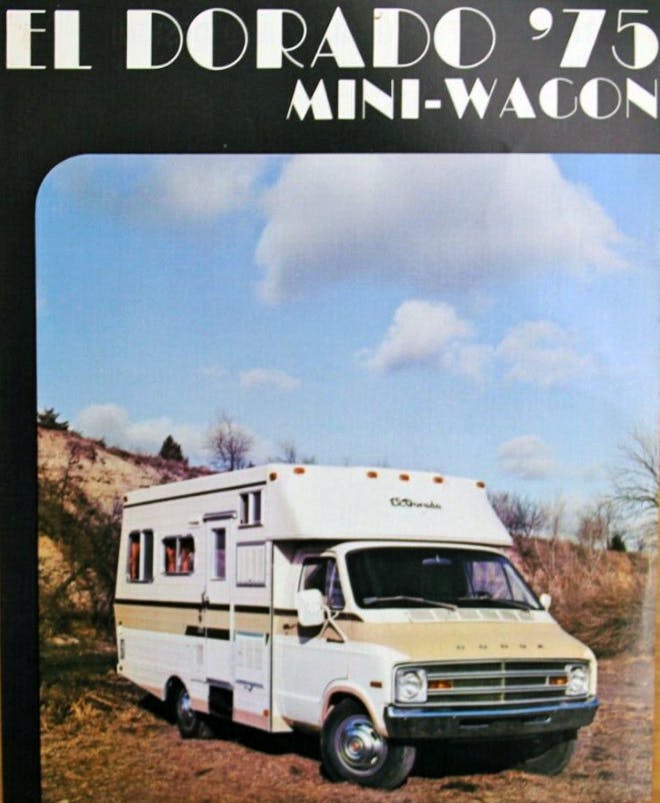


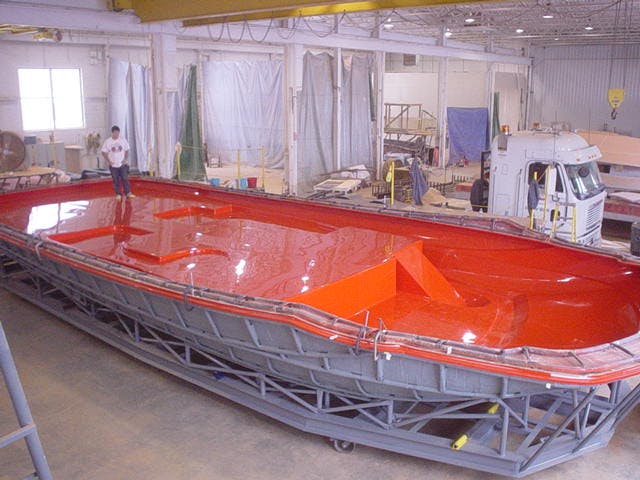
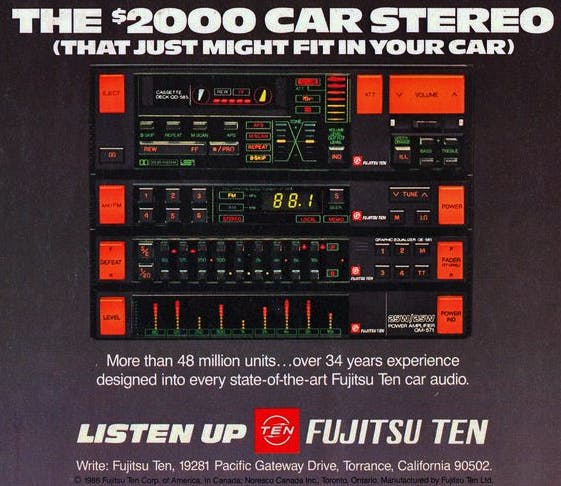
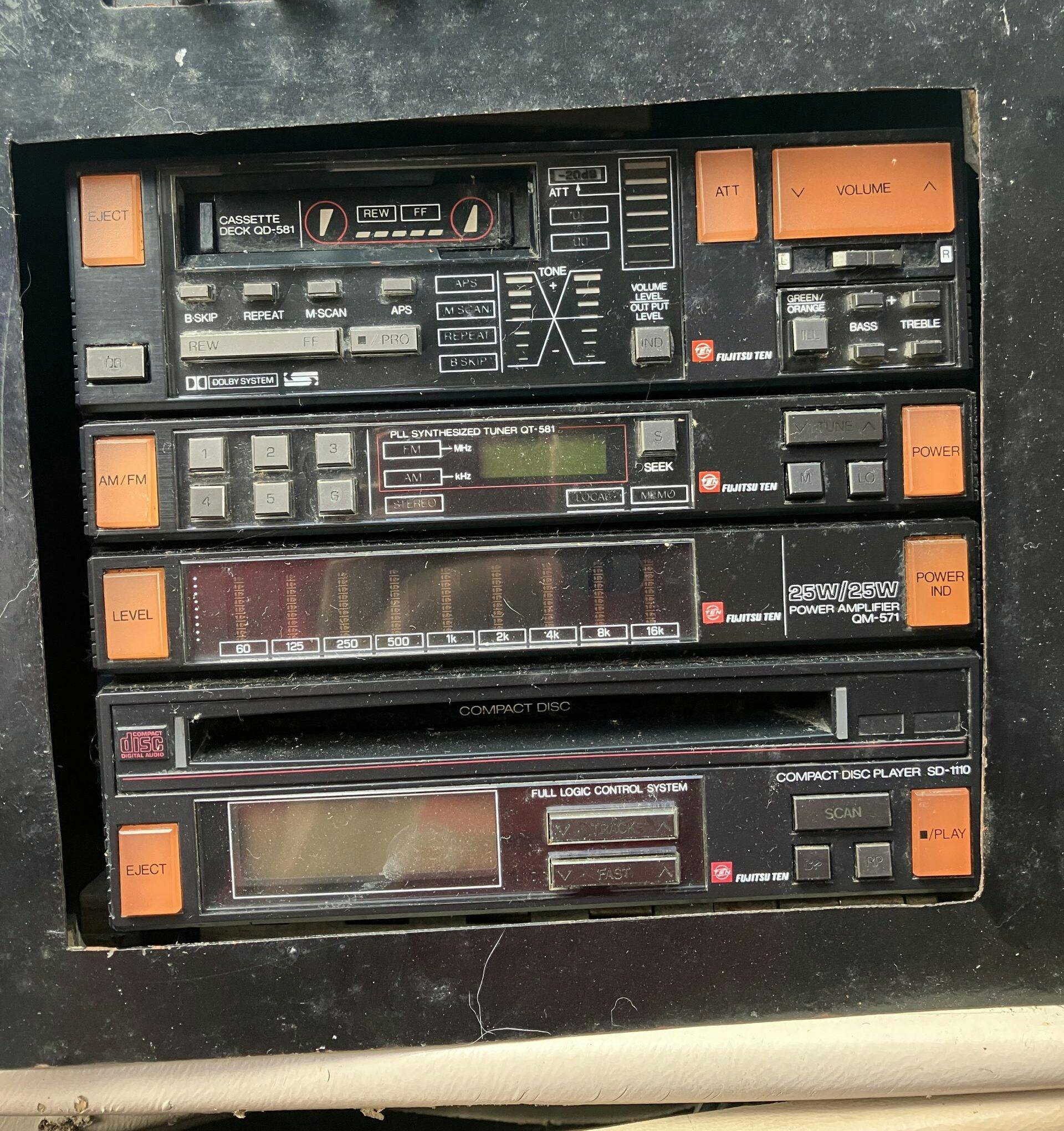
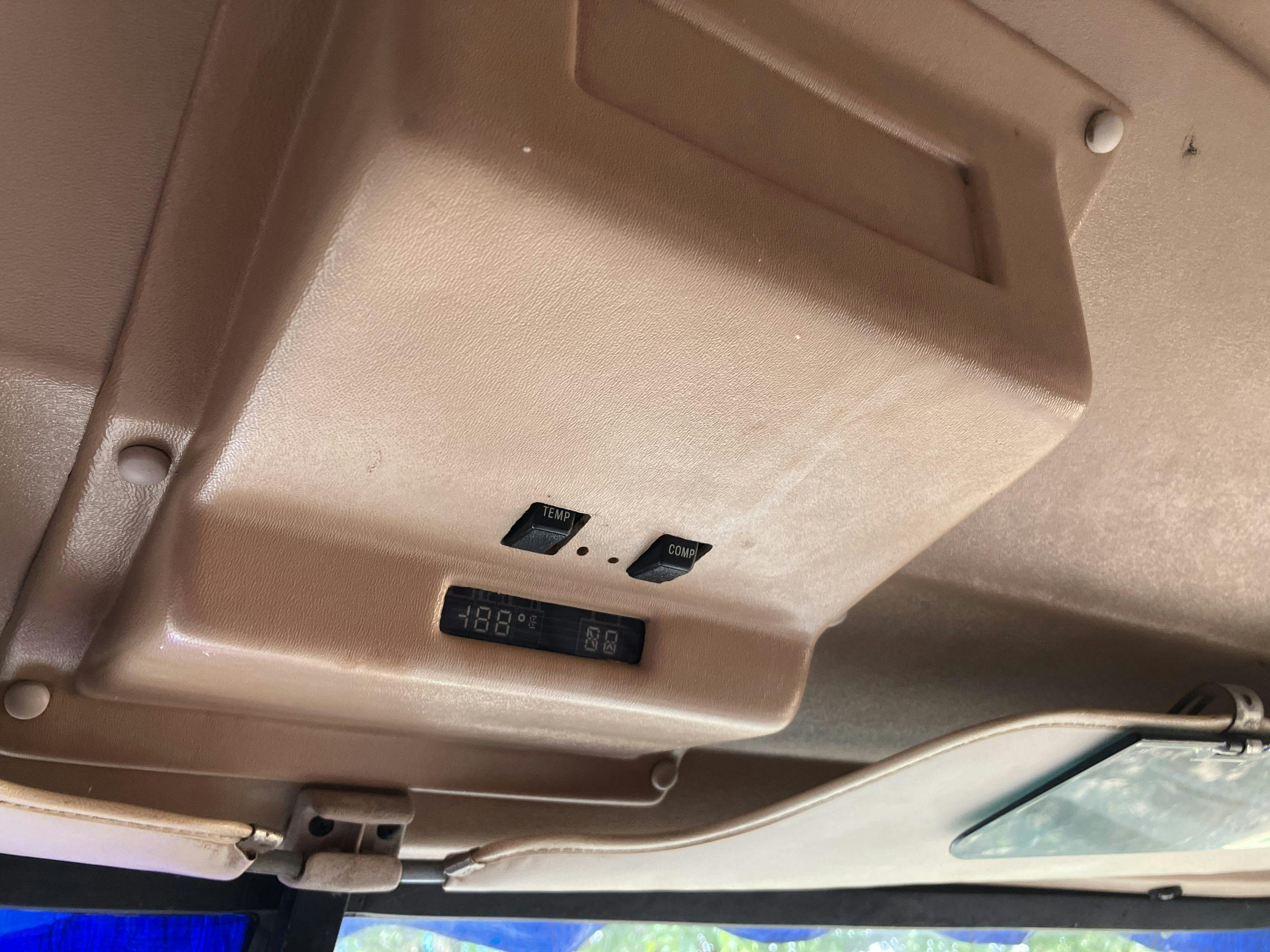

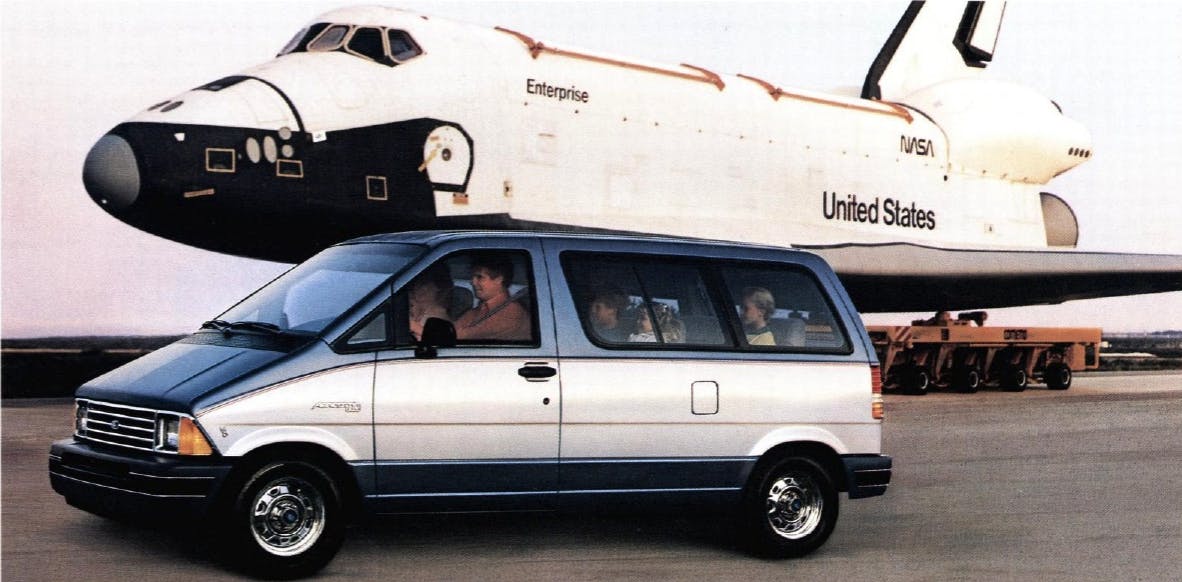






Yeah dad!!! So proud of you!
Dennis is awesome!
Great article Sajeev! Thanks for taking the time to tell the story of this RV and our town.
Great Story….wow, less than 100 units, that must be bittersweet driving away from the unit in your last article. Nice having a contributor from the shop floor making an equally exciting article for both parties and the readers! Thanks
Yeah and now I want one even more, thanks to Dennis and Josh. Oh well, maybe one day!
Neat story. I still think the Lincoln front end was the worst model in terms of looks. It does not flow at all.
Ugliest thing ever built.
Great article and such a fun vehicle to learn about. Ugly-ish, but somehow I still love the look. Great stuff Sajeev.
As a current owner of a 1975 GMC Avion motor home I found this article interesting.